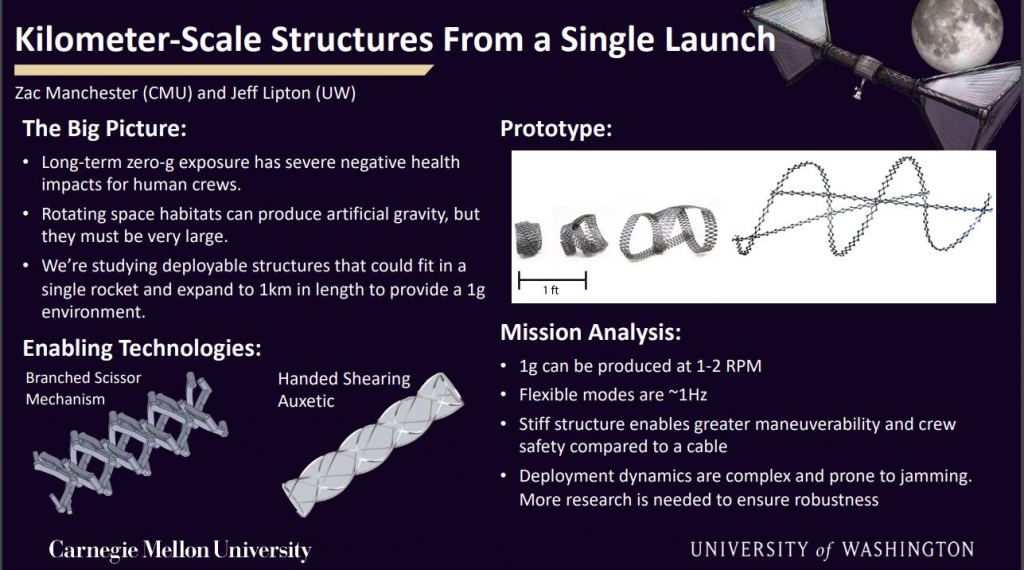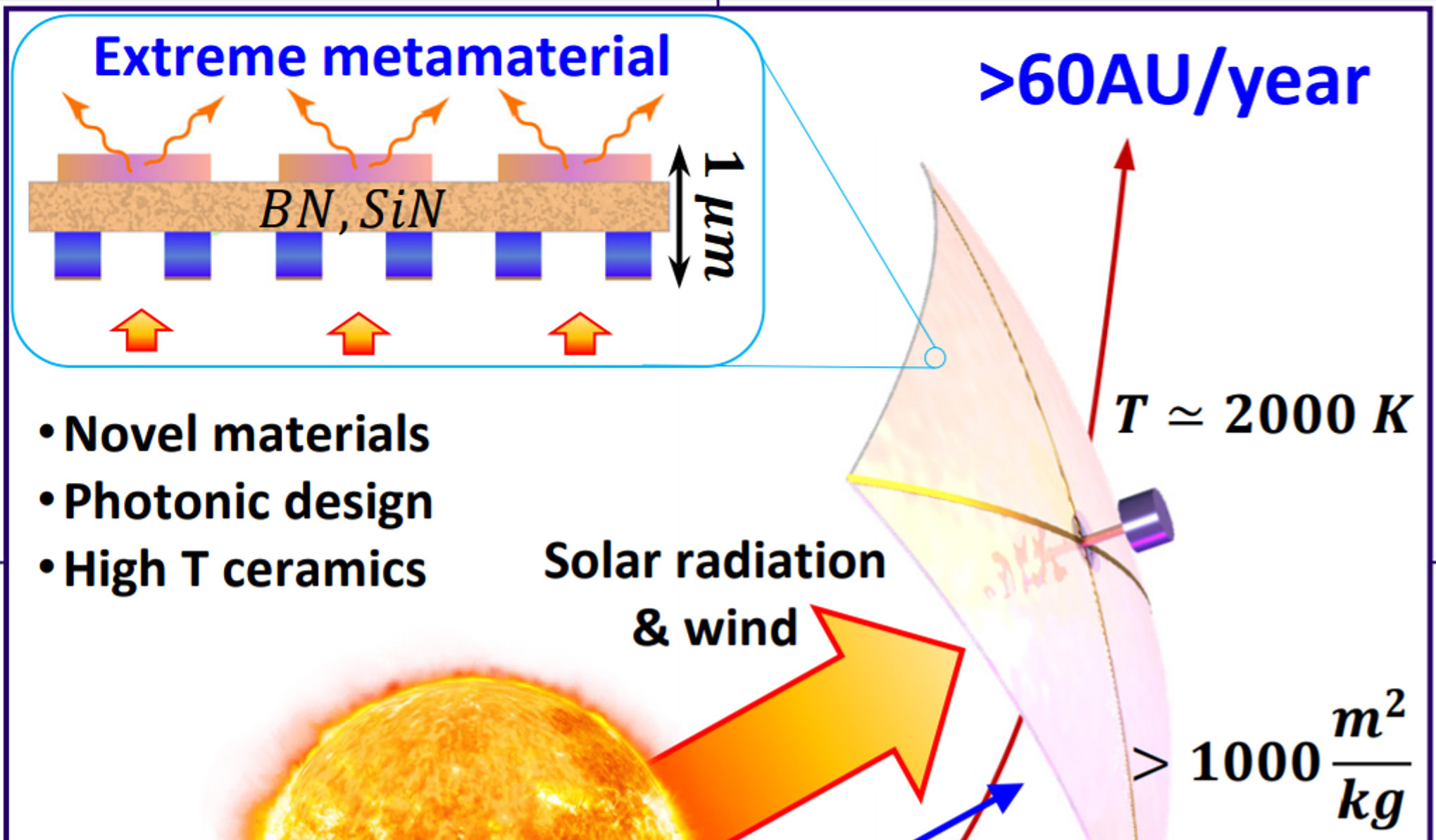Super-lightweight Robot Friendly Modular Construction for Bridges and Space Colonization
NASA Ames team created and tested prefabricated voxels standardized reconfigurable building blocks. They built a set of 256 of those blocks—extremely strong 3D structures made with a carbon-fiber-reinforced polymer called StattechNN-40CF. Each block had fastening interfaces on every side that could be used to reversibly attach them to other blocks and form a strong truss …










